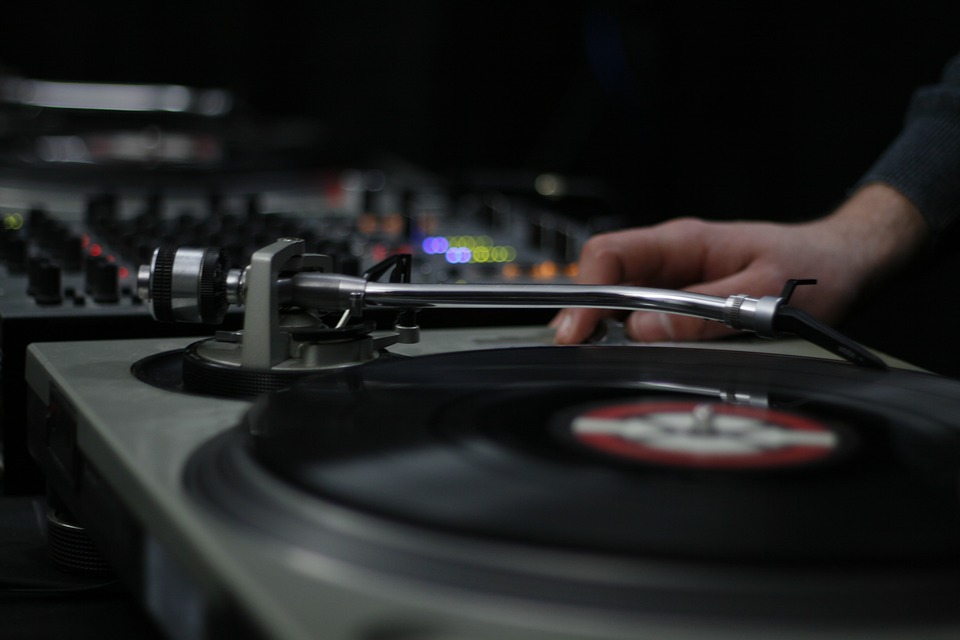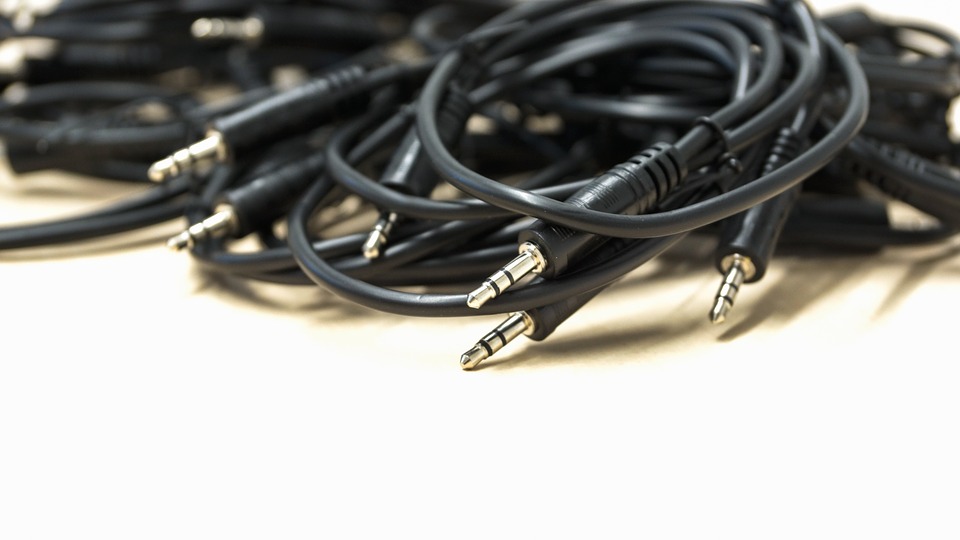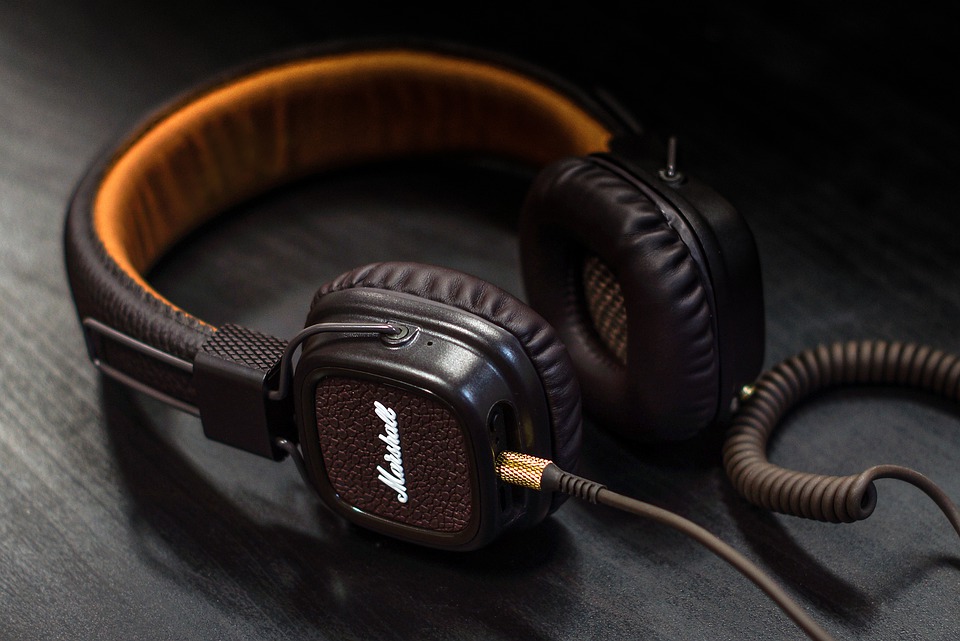Most people love music. It has been called the language of the soul. But there is a special breed of people called audiophiles, who appreciate music to a degree that some would see as bordering on obsession. For an audiophile, mediocre equipment, and anything less than the highest quality of audio simply will not suffice.
If you want to get more out of your music listening experience, keep reading to learn some neat tricks and tips to get the most out of your music.
1. Listen to Music on Analog Formats
When it comes to pure sound quality, there really is no competition to traditional vinyl records and cassette tapes.

Why?
Whether the recording process used is analog or digital, both are created by a microphone turning vibrations in the form of sound into an electrical analog signal. An analog recording is made by imprinting that signal directly onto the master tape or master record. Distributable copies can then be made from this master copy, and have a sound that is a duplicate of the original recording.
Digital recordings take that analog signal and convert it into a digital representation of the sound, which is essentially a series of ones and zeros that are re-interpreted by software and hardware. After the analog signal is digitized, the recording can be copied onto a compact disc, hard drive, or streamed online.
With analog formats, you can enjoy a truer sound that is much closer to the original than its digital counterpart.
2. Download Music in FLAC format
Free Lossless Audio Codec, or FLAC is a music compression file type like an MP3, but with a few major differences.
FLAC first appeared in 2001 as an open-source alternative to other lossless audio formats emerging at the time. FLAC offers audio quality which is as good as, or better than a CD. This is because FLAC is a lossless format and has all the same data as the original master recording, and offers better sound quality than MP3.
MP3 is a lossy format, which means parts of the music are shaved off to reduce the file size to a more compact level. MP3 files are encoded using a compression method to delete overlapping sounds, but it isn’t always successful.
Typically, cymbals and guitars are the sounds that are most affected by MP3 compression and can sound distorted or “crunchy” when poorly ripped or overly compressed.
FLAC format, because it is encoded at a higher bit rate, can maintain the subtleties and nuances found on your favorite recordings better than MP3
3. Replace your Audio Cables
Quality cables are a crucial part of any set-up. The audio cable carries the signal between preamplifier and power amplifier as well as to speakers or headphones and it’s much like a highway that sound must travel through.
If you have a bad connection, or cables that are made with cheap components, the quality of your music will not be as clear and crisp as with high end cables. Just like any other electrical circuit, your hi-fi setup will not function as it is intended, because the electrical signal is not being properly transmitted.

The same can be said of headphone cable wire for handheld devices. Many audio cables for handheld devices do not achieve the same level of quality as other audio cables, and often underperform even in optimal conditions. Cables made with cheap materials and less conductive metals and add a “wooly” texture to music, and often only last for a few months, if that.
By replacing your old, cheap connections with new cables made from higher quality, conductive metals like gold, you can enjoy the best quality of sound that your music has to offer
4. Listen at 432 Hz
Most music worldwide has been tuned to A=440 Hz since the International Standards Organization (ISO) promoted it in 1953. However, there is quickly growing trend among music listeners, to listen to music that has been re-tuned to A=432 Hz
It is said that 432 Hz vibrates with the universe’s golden mean or Phi ratio, and unifies the properties of light, time, space, matter, gravity, and magnetism with biology and consciousness. While this theory still remains unproven, there is one thing that is for certain.
Through a method known as cymatics, researchers have been able to illustrate that when sound frequencies move through a particular medium, such as water, air, or sand, they directly alter the vibration of matter.
What has been discovered is actually quite amazing. When audio is tuned to 432 Hz, rather than standard 440 Hz, the shapes created by vibrational sound waves passing through physical matter such as water and ferrofluid, appear to be far more uniform and symmetrical than with standard tuning.
The symmetrical nature of tones produced at this tuning means that each note and chord on the recording has more space to vibrate without bumping into other frequencies and “clipping,” which is a term used in the audio production field to describe distorted audio frequencies, caused by over compression, as well as discordant tones.
There are many music players available for download like 432 Player that can convert your audio to 432 Hz, and this is one hack that really needs to be experienced to fully appreciate, but by doing so you will truly hear the difference in your favorite tunes.
Conclusion
There are many ways to improve the quality of your listening experience, and these are just a few of them, but we have only just begun to scratch the surface. What are your best tips and tricks for improving the sound quality of your favorite tunes? Leave us a comment with your thoughts in the section below.
